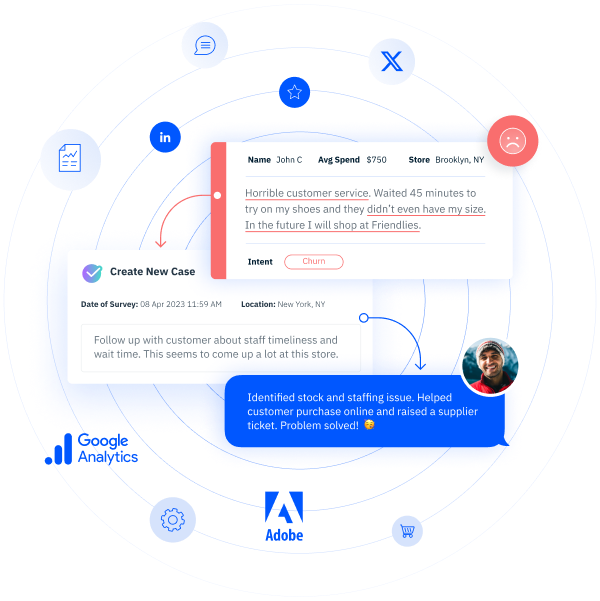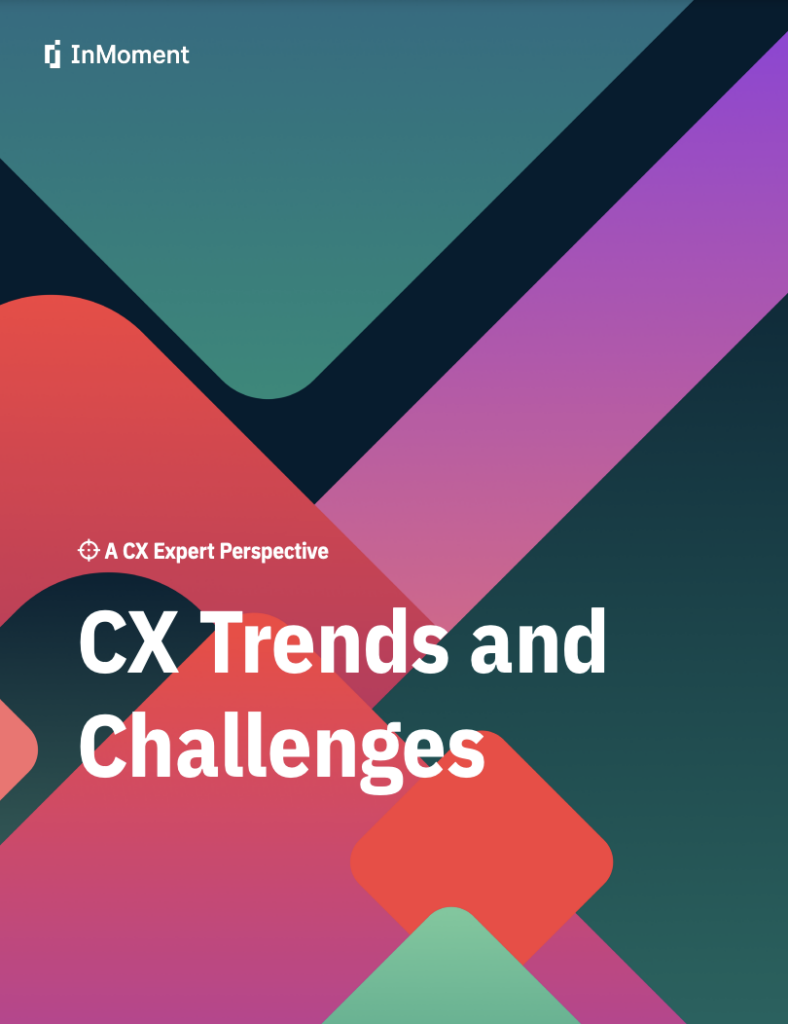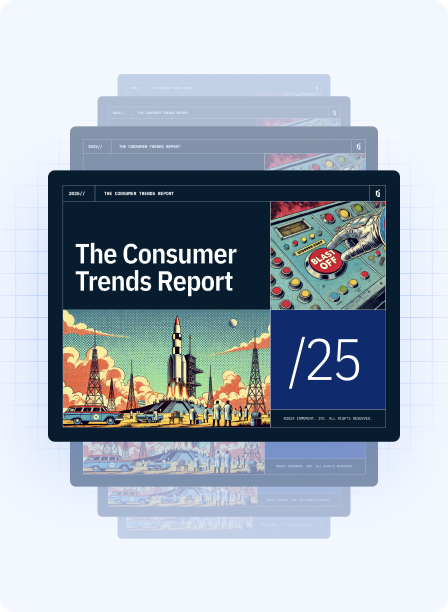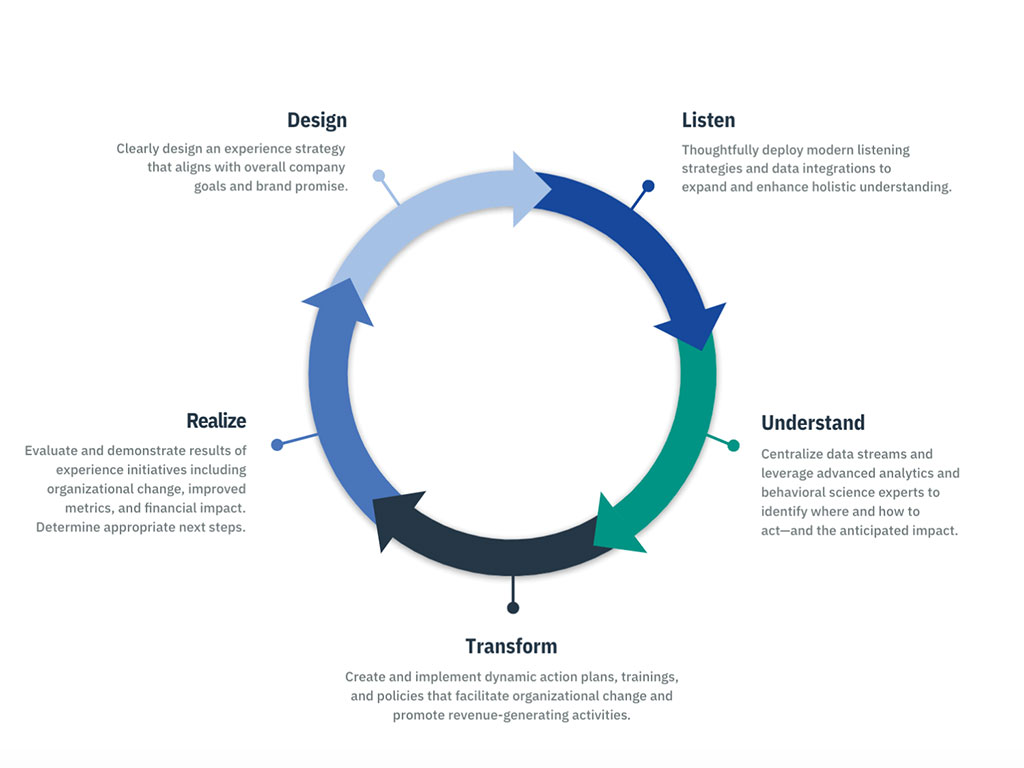
The term “customer experience (CX) program” refers to an immensely broad concept. But at the same time, a “customer experience program” encompasses countless daily actions and processes. How do you keep track of all your efforts? And what do you need to do to keep them going? That’s where a customer experience governance foundation comes in—and more specifically, where this governance checklist we put together for you becomes the most useful.
Think of it as the ultimate cheat sheet you need to ensure that your program is meeting all the standards it needs to make an impact. If you are able to cross off all the elements, you’ll be able to put in place the right framework—allowing your organization to continuously match your customers’ needs. Additionally, you’ll bring everyone together towards a consistent company mission. To help you start off your own CX governance checklist, let’s take a look at three must-haves:
Must-Have #1: Defined CX Leaders
Customer experience governance begins with a dedicated council to support your ongoing program’s initiatives and efforts. The key here is inviting a diverse range of stakeholders to the larger CX conversation. What should each team contribute and receive so that the program is distributing significant value across the board?
Not only is enabling leaders important to understanding the needs of the business and customers, but it also establishes a successful foundation for cross-business communication. The worst you can do for your program is to set it in a silo where no one is being heard. Customer experience improvement should be a company-wide investment because it can make a company-wide impact.
Must-Have #2: CX Program’s Rules and Regulations
Without rules and regulations, your CX governance structure will collapse. Clearly mapping out your program’s goals, outcomes, KPIs, etc. on a realistic timeframe sets you up for success. Teams across the business will be more enthusiastic and determined to overcome challenges if they’re directly involved in the planning process. Rather than someone from the outside demanding that a team meet certain KPIs by a certain time; it’s more likely that employees will be able to deliver on those requests through the support and understanding of their manager’s personal engagement with the program. And that’s how a healthy CX culture can be cultivated in the workplace—with a healthy customer experience governance foundation.
Must-Have #3: Ongoing Inspiration for Teammates Across the Company
Oftentimes, there needs to be an even greater push to drive a CX program to the forefront of your business initiatives. For that to happen, you need to broadcast what your program is, the value it produces based on concrete data or customer stories, and how it’s working wonders for customers. The more teams on board with your program will help sustain it in the long run and produce greater results.
There are endless ways to share customer experience with and inspire your teammates—whether it’s an elevator pitch presentation of why a CX program matters or sending consistent updates of how the program is making impactful changes among your customer base. You might need to think a little creatively as each industry operates differently. But there are no shortage of avenues to reach the employees who would support your cause through and through.
Now a Customer Experience governance checklist isn’t a static one. It calls for continuous revision, additions, and hopefully completions! So this isn’t the end. There are probably countless boxes you can think of right now that need to be filled. Get a headstart adding to your checklist today by reading the full white paper where we give an in-depth look at what will make your program stick.















